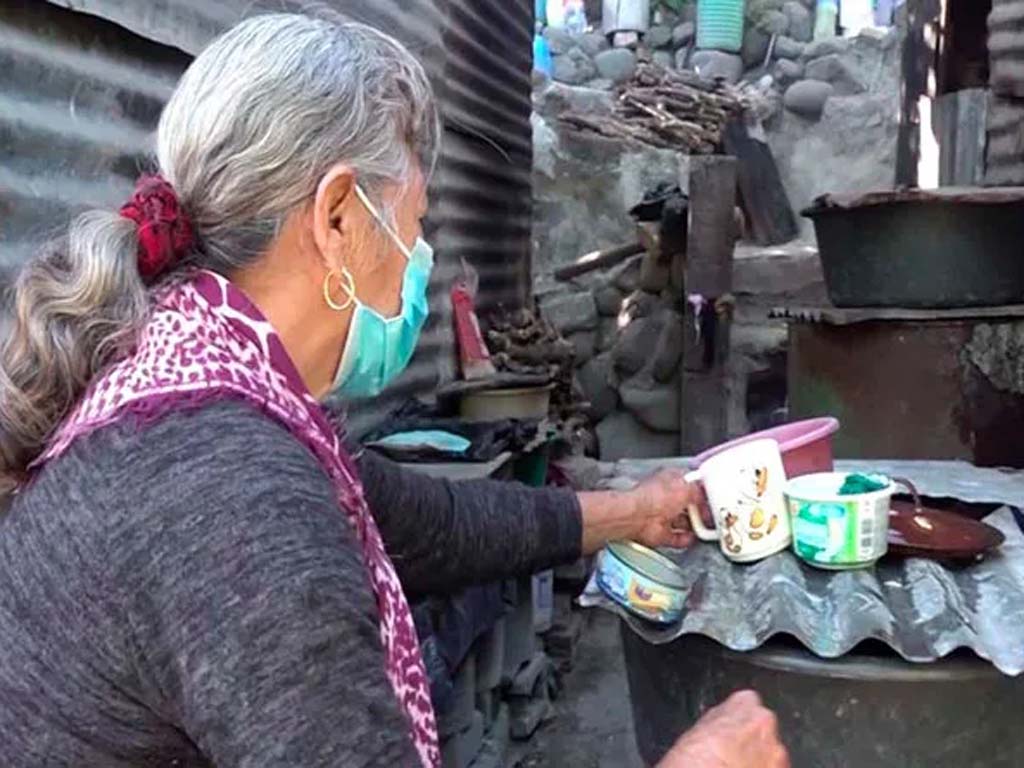The entity pointed out that although relief is expected with the first grain harvests, the climatic phenomenon La Niña could favor the appearance of pests and diseases that damage crops.
Food security would improve in El Salvador, Honduras and Nicaragua as of September, with the release of the first harvest of basic grains, according to the Famine Early Warning Systems Network (Fews Net), quoted by local media.
It estimated that rural households located in the dry corridor of El Salvador and Nicaragua will have population groups that will enter into a food insecurity crisis.
A press report by El Mundo newspaper indicated that, although the majority of very poor households in rural areas will remain highly insecure, in the dry corridor of El Salvador and Nicaragua they suffered agricultural losses of more than 50 percent in 2023, which reduced their reserves and they will be forced to buy food faster than at other times.
This proportion of the population would be between 100,000 and 249,999 people per country until August, when the situation is expected to reach its crisis peak.
Fews Net asserted that this situation, both in households in crisis as well as those in acute food insecurity, will begin to show an improvement; however, the first group will return to phase two until January 2025.
According to the Mesa Agropecuaria, Rural e Indígena, the crisis will be influenced by the damage caused by the rains in El Salvador, where at least five thousand blocks of crops were lost due to the rainfall recorded during the third week of June.
ef/abo/mem/lb









